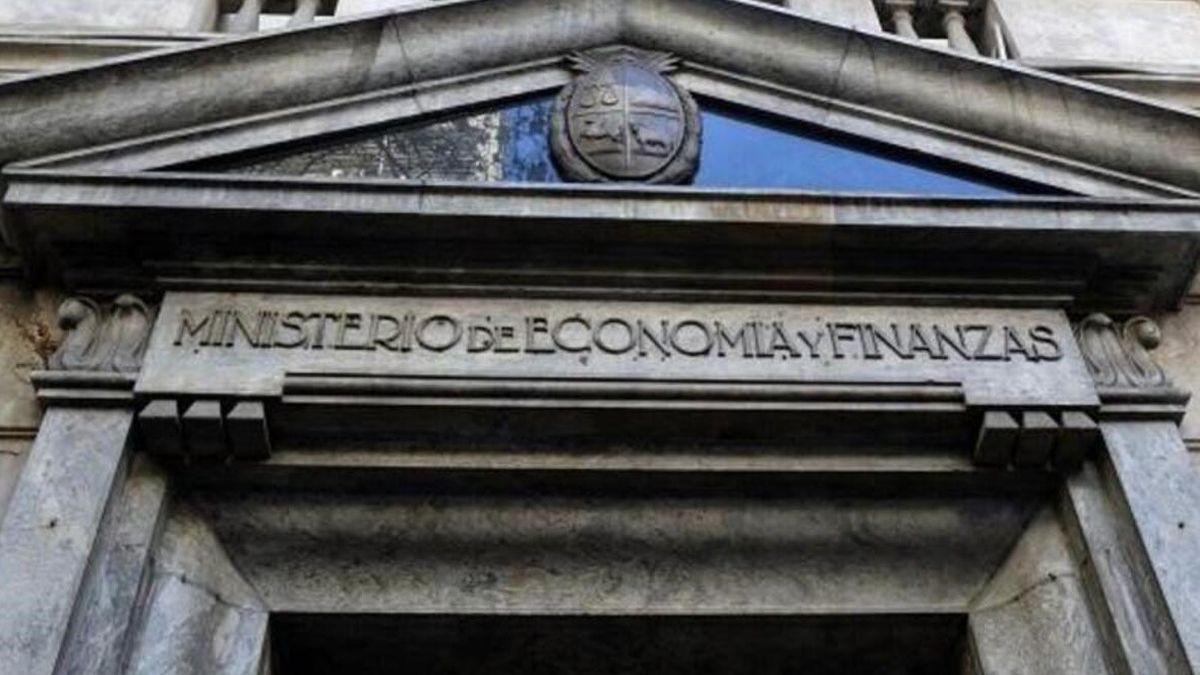He fiscal deficit stayed on 4% of the Gross Domestic Product (GDP) in the twelve months ended July, as reported by Ministry of Economy and Finance (MEF)and generates a break for the government and in the economy of Uruguay after several months of decline in this indicator.
The improvements in the indices of inflation This is not the only good news for the government, which breathes with some relief after the update of the results of the public accounts, in a context of deterioration of the fiscal situation strongly marked by the historical drought that the country experienced together with the tax modifications and the lower collection, consequent of the exodus of Uruguayans towards Argentina for the exchange difference.
In this sense, the MEF reported that the fiscal result of the Central government in conjunction with the Social Welfare Bank (BPS) it stood at 3.8% of GDP. In parallel, the impact of income from the Social Security Trust (FSS) —corresponding to the adjustment by the law of “fifties”— was 0.1% of GDP. Excluding this amount, the fiscal result was 3.9%.
At the same time, the primary discharges they were located at 27.5% of GDP, remaining stable in relation to June.
Meanwhile, the net expenses attributed to the COVID-19 Solidarity Fund they were estimated at 0.1% of GDP. He GC-BPS interest payment decreased by 0.1% compared to June, thus remaining at 2.3%.
On the other hand, the result of the Public Companies (EEPP) stood at 0.1% of GDP, while that of Non-monetary Public Sector (SPNM) it stood at 3.4% in June —although excluding FSS revenues it was 3.5%. Meanwhile, the overall result of the BCU remained stable at 0.5%.
Finally, the fiscal result of the Global Public Sector (GPS) registered a deficit of 3.8% of GDP, although, adjusted for the FSS effect, it stood at 4%.
Source: Ambito




